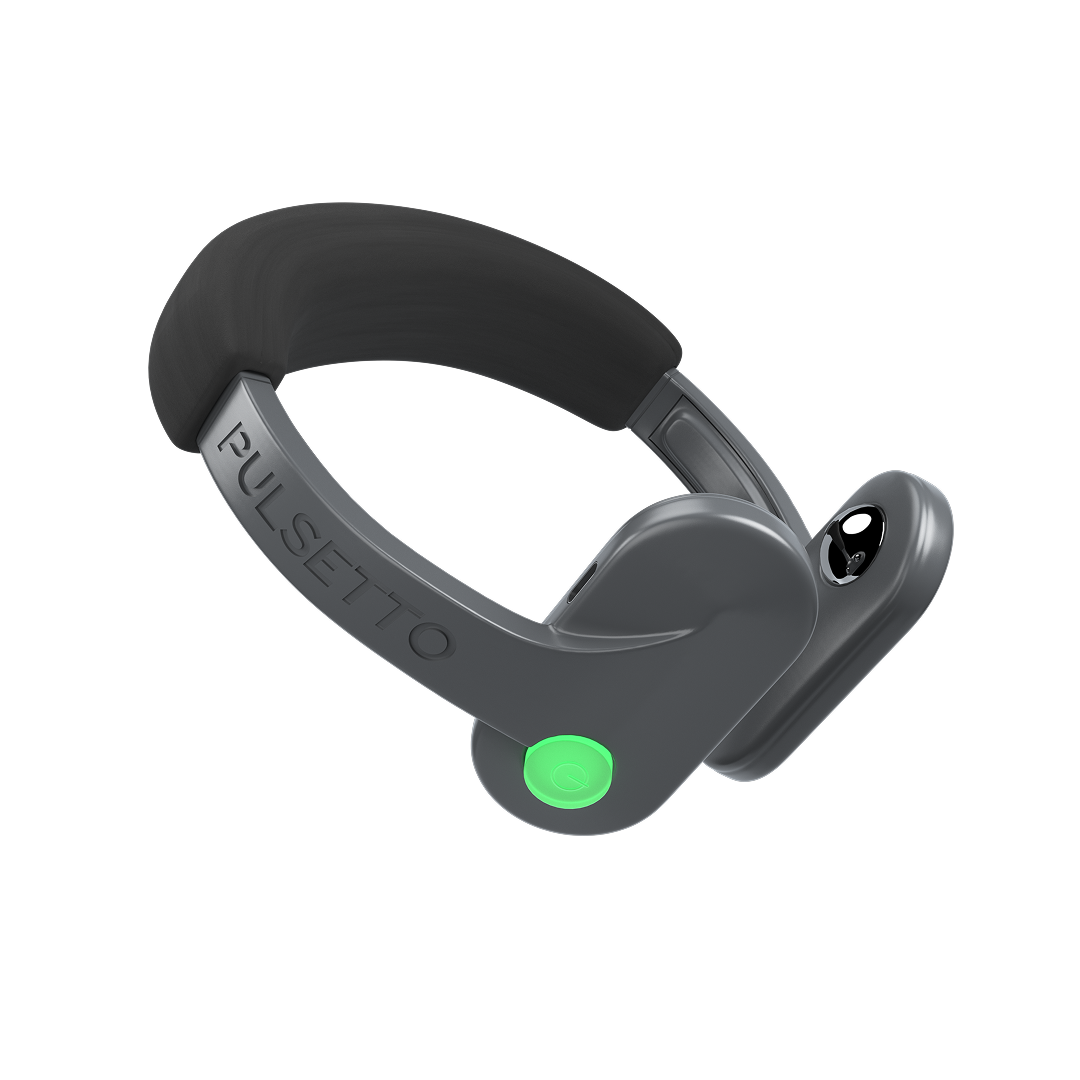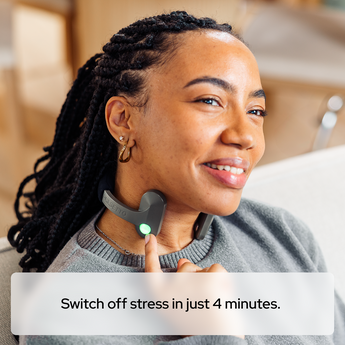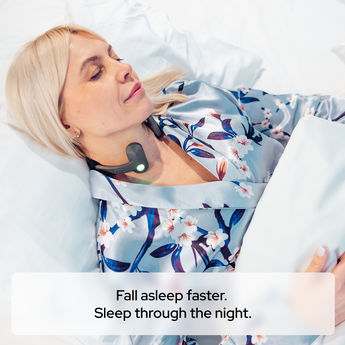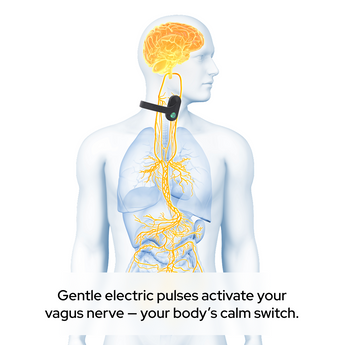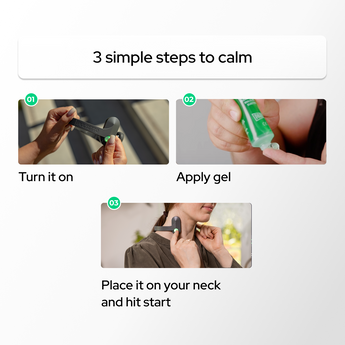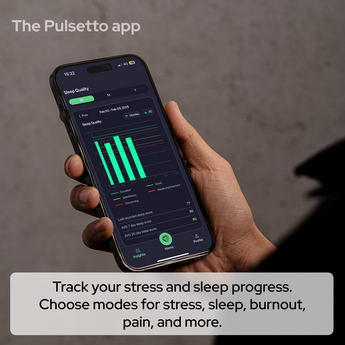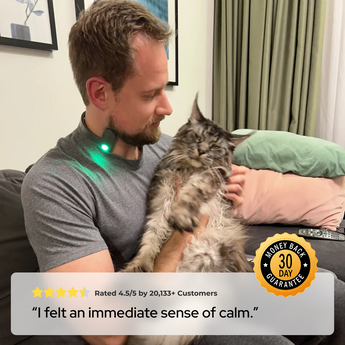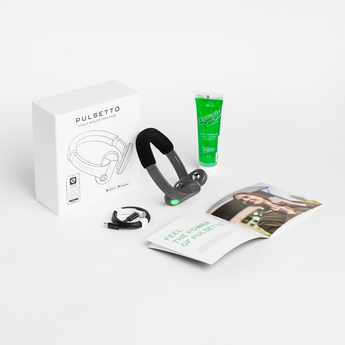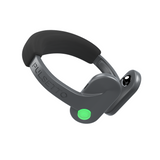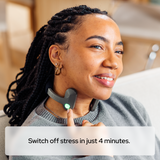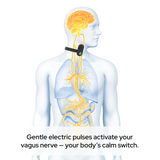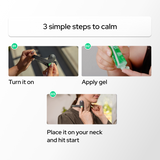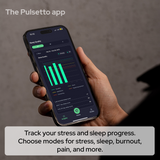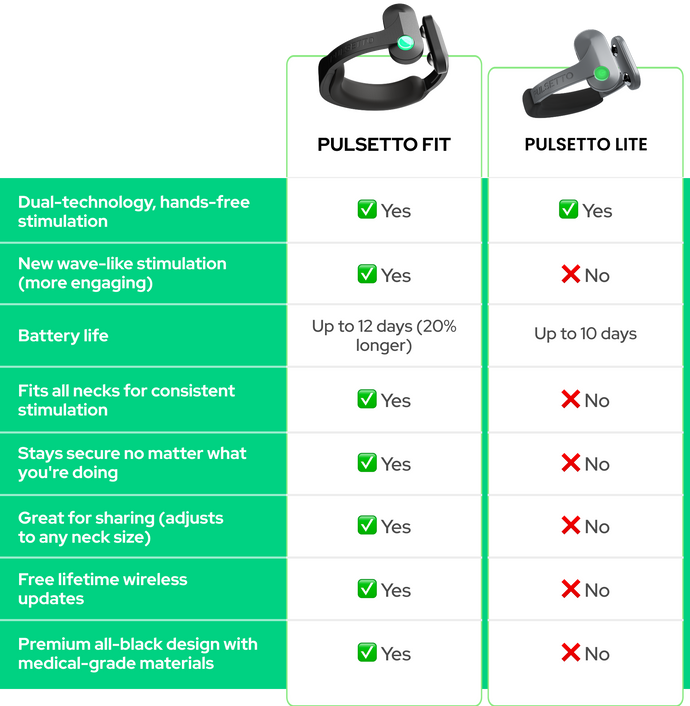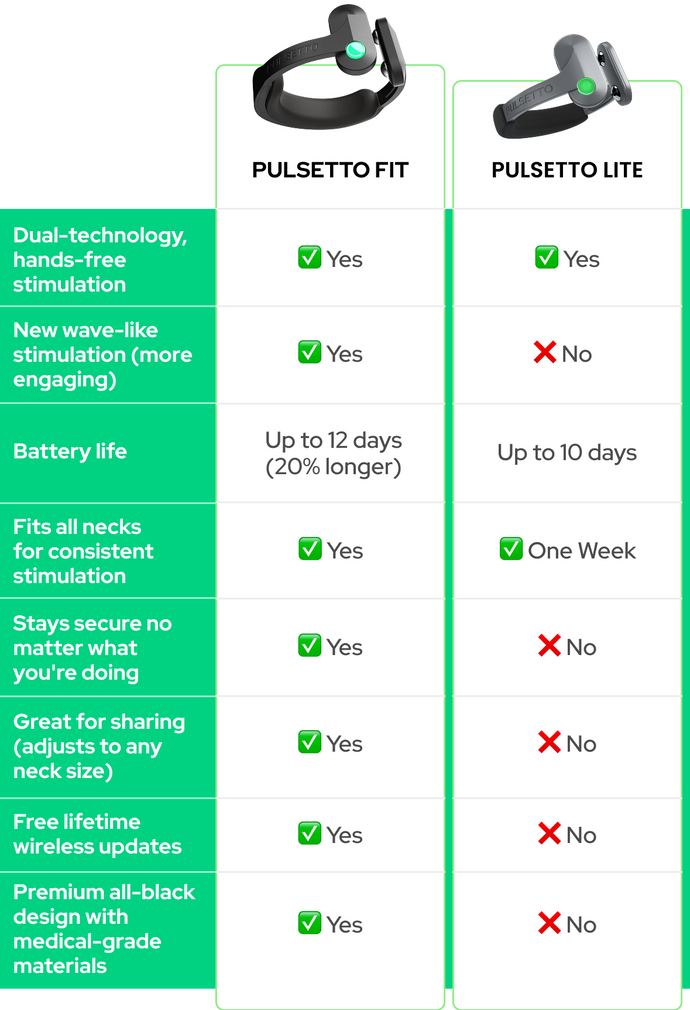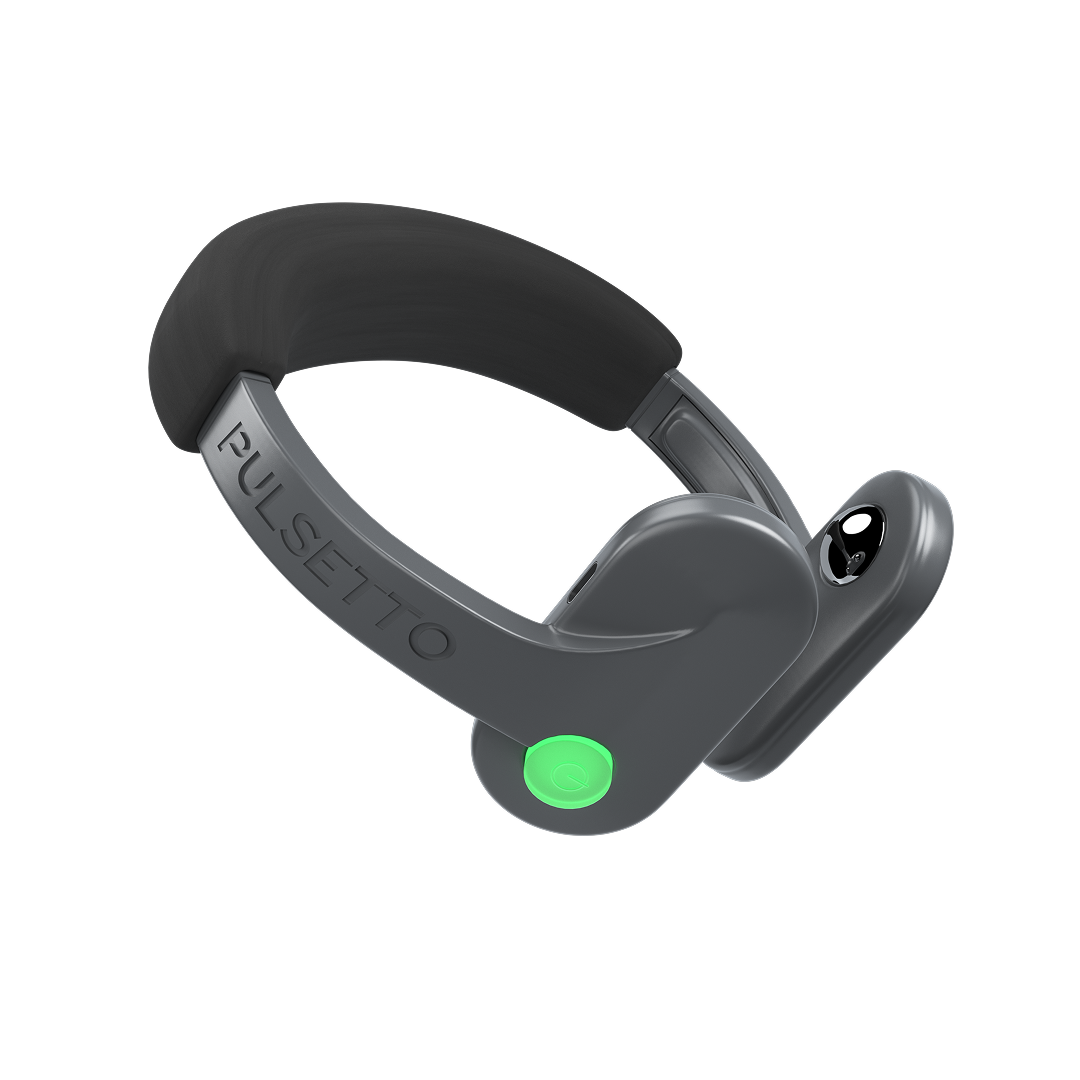Key Takeaways
- Vagus nerve stimulation (VNS) can potentially alleviate brain fog by enhancing brain function.
- Simple exercises like deep breathing and humming can stimulate the vagus nerve.
- Non-invasive VNS devices offer a practical way to stimulate the vagus nerve without surgery.
- Consistency is key—regular practice of vagus nerve exercises yields the best results.
Can a Damaged or Overactive Vagus Nerve Cause Brain Fog?
Brain fog can be a symptom of various conditions, and one possible cause is a malfunctioning vagus nerve. This nerve serves as a crucial communication link between your brain and many vital organs. If it isn’t functioning properly, it can impact mental clarity.

Brain fog can make it hard to focus and think clearly.
Understanding the Vagus Nerve's Functions
The vagus nerve acts as the body's natural relaxation button. It is the longest cranial nerve, extending from the brainstem through the neck and down to the abdomen, regulating various automatic functions, including digestion and mood. When the vagus nerve is functioning properly, it helps maintain a state of calm and balance, known as "vagal tone."

The location of the vagus nerve.
Now, a healthy vagus nerve supports cognitive functions by:
- Regulating stress responses, which in turn can influence mental clarity.
- Controlling inflammation, which is linked to cognitive impairment when not managed properly.
- Facilitating communication between the gut and brain, which can affect mood and mental focus.
Identifying Symptoms of Vagus Nerve Disorders
If your vagus nerve isn't transmitting the correct signals, you might experience symptoms such as digestive issues, irregular heartbeats, and brain fog. Additionally, an imbalance in the autonomic nervous system, which includes the vagus nerve, can lead to feelings of disorientation and mental sluggishness.
Common Conditions Associated With Vagus Nerve Issues
Vagus nerve dysfunction is linked to several health challenges:
- Anxiety
- Depression
- Chronic stress
- Brain fog
- Fatigue
|
Pulsetto: Revolutionary Vagus Nerve Stimulator Reduce stress and anxiety in just 4 minutes with Pulsetto, the innovative vagus nerve stimulator designed to biohack your parasympathetic nervous system. Clinically proven and FCC certified, Pulsetto has helped 86% of users feel calmer and less anxious within two weeks. Rated 4.5/5 by over 20,137 customers. Enjoy benefits like free worldwide shipping, a 30-day money-back guarantee, a 2-year warranty, and recyclable materials. |



